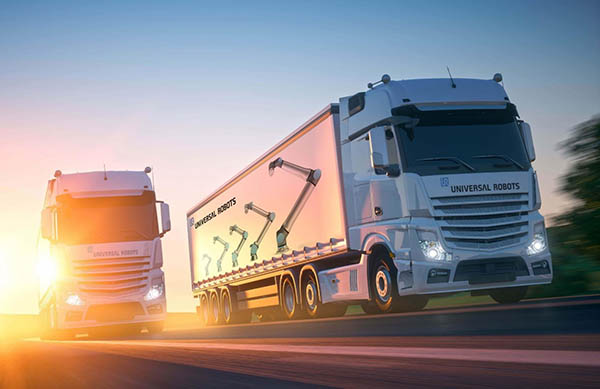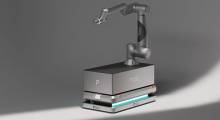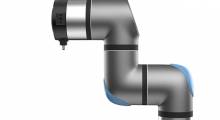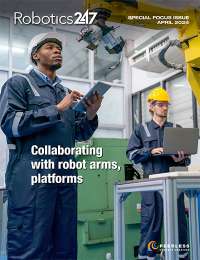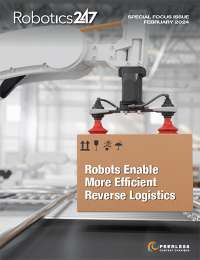As aging populations and historically low unemployment continue, manufacturers of all sizes are struggling to fill jobs that can be tedious. A U.S. tax deduction allows qualified equipment and off-the-shelf software to alleviate that shortfall with automation, but systems must be purchased and placed into service by Dec. 31, 2022. Universal Robots A/S said it can help with speedy shipments.
“Manufacturers simply can’t staff positions to meet their production demands, and many can’t turn to traditional automation, which is too expensive and complex, especially for small and midsized businesses,” said Joe Campbell, senior manager of applications development and strategic marketing at Universal Robots.
Tax deduction affects 'use it or lose it' funds
Universal Robots noted that the Section 179 tax deduction allows U.S. businesses “to significantly stretch their use-it-or-lose-it 2022 budgets and purchase collaborative robots to take on the repetitive manufacturing tasks that workers don’t want.”
“UR cobots are cost-effective and easy to implement, and with the Section 179 tax deduction, they can be even more affordable,” he added. “Businesses should consult their tax expert right away to see if they can take advantage of this opportunity, and we’ll do our part to help them meet eligibility requirements.”
Universal Robots keeps robot supplies flowing
Not only are manufacturers under sress from supply chain problems, from semiconductor shortages to labor and equipment availability, but robotics suppliers have also had to accommodate them. Despite these headwinds, Universal Robots claimed it “has seen significant growth in production” while fulfilling its production plan.
One cobot typically includes around 600 different parts sourced from more than 100 separate suppliers, said the company. Universal Robots credited its 150-person production team for getting robots completed on time.
Many UR workers are specifically tasked with overcoming supply chain issues, said the company. It also relies on dual or even triple sourcing of parts, and team members have travelling to component suppliers to oversee the finalizing and shipping of crucial components.
“Collaboration and communication have been key, with the team speaking to primary suppliers on at least a daily basis,” said Anders Lassen, vice president for operations and supply chain at Universal Robots.
“The emphasis is on keeping everyone aligned to the shared goal – namely, the timely delivery of cobots to our customers,” he said.
Cobot market still growing strongly
The global market for collaborative robots could expand from $1.2 billion in 2021 to $10.5 billion by 2027, experiencing a compound annual growth rate (CAGR) of 43.4%, according to Markets and Markets. It said growing demand for automation since the COVID-19 pandemic and a high return on investment (ROI) are encouraging cobot adoption, while low payload capacity and speed limitations restrain that market.
Similarly, ReportLinker forecast a CAGR of 40.1% to $10.8 billion by 2028.
Founded in 2005, Odense, Denmark-based Universal Robots is the market leader in cobot arms. The company's product line includes a range of reaches and payloads, supported by end effectors, software, accessories, and application kits in the UR+ ecosystem.
Universal Robots, which is owned by Boston-based Teradyne Inc., said it has installed more than 50,000 robots worldwide and reported $83 million in second-quarter 2022 revenue.
Article topics
Email Sign Up

